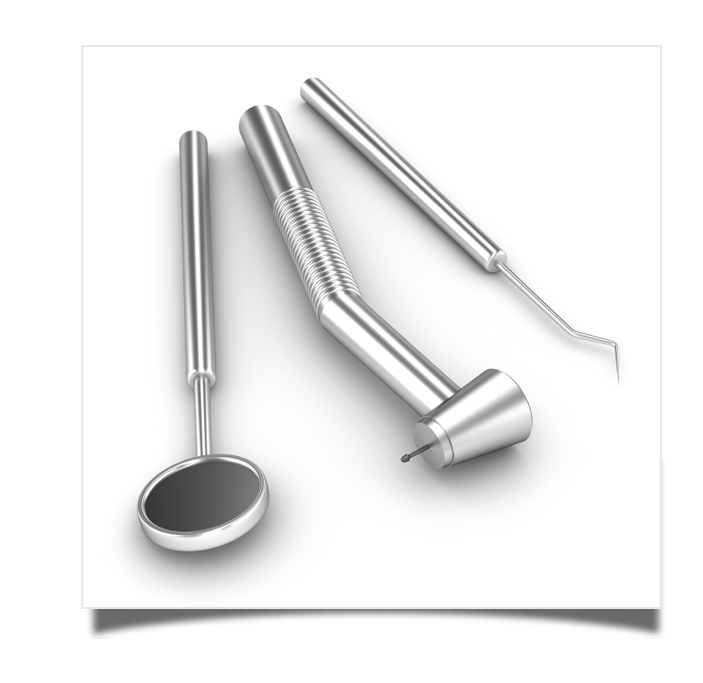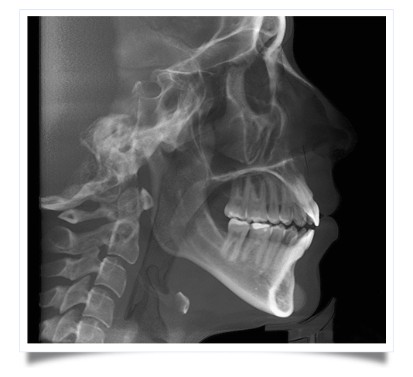Translate This Page
 General Information
For your home care and comfort following the removal of Eruptede Teeth, Impacted Wisdom Teeth, and other Oral Surgical Procedures: * If present remove the gauze sponges that have been placed in your mouth one hour after surgery unless told otherwise. Place fresh ones as needed - wet them in cold water first. * A certain amount of bleeding is to be expected following] surgery. It is often possible to control mild oozing by placing a folded, wet gauze pad, the size of a thumb, over the wound. Bite down firmly, and hold for 60 minutes. Sit upright and remain quite. * If bleeding continues in spite of thee above, dip a tea bag in cold water and place this over the wound, biting firmly. It also helps to stop bleeding if you lie down, with your head raised on several pillows. Apply an ice bag or cold compress to the cheek. Do not become alarmed or exited. lf unable to control excessive bleeding, call Dr. Masureik. * Once home put an ice bag or cold towel to the face for the remainder of the day of surgery. Nibble on crushed ice or hold ice water in your mouth over the area of the surgery. Do this frequently. ln other words, keep the area of surgery as cold as possible as this will help to reduce the amount of swelling which you are going to have. You may even place chipped ice within the gauze packs you are biting on. Continue for at least 24 to 48 hours. * For any discomfort, use the prescription that has been given to you. Don't be afraid to use the medication as it is designed to make those first few days after surgery more comfortable for you. When taking the tablets or capsules (whichever has been prescribed) be sure to drink at least 150 - 250 ml of either water or milk. This will ensure rapid assimilation by the body and minimise the amount of irritation to the stomach itself. This irritation may cause nausea and sometimes even vomiting, so drink plenty of liquid when taking oral medicine. * lf you have been placed on an antibiotic, please take ALL the tablets as directed. The drugs which you may have been placed on will help to a) minimise swelling, (b) reduce discomfort, (c) prevent infection, (d) promote healing, and (e) aid in oral hygiene and wound cleanliness. * Do very little rinsing until the following morning, rinsing may dislodge the blood clot and initiate bleeding. When rinsing, which you may begin the day following surgery, use ONE of the following: (a) ½ teaspoon of table salt in 250ml of warm water or (b) a mixture of one part of white vinegar with three parts of water. If you have been given a special prescription for a mouthwash, use that as directed instead of' the above. Rinse frequently at least 8 times a day. Avoid commercial mouthwashes as they contain alcohol which may initiate bleeding and cause wound irritation. * Drink plenty of fluids such as orange juice, tomato juice, ginger ale, water, tea etc. Drink at least 8 glasses of liquids daily. Dehydration must be guarded against after oral surgery. * Follow your own inclinations as to diet, but for your own comfort stick to a soft-liquid diet. Keep taking nourishment. Try not to skip a single meal. Begin by eating soft foods or liquids such as heavy soup, milk shakes, boiled eggs, cereals etc. As soon as possible change to solid food. lf you are a diabetic, maintain your normal diet and take your medication as usual. * Clean your mouth thoroughly after each meal. Brush your teeth as best you can. Cleanliness is a “must” for a rapid and uncomplicated recovery. Food left in the wounds retards healing and invites infection. Stitches often trap food and bacteria. Rinsing the mouth vigorously will help to keep wounds clean. * lf bowel habits are irregular, it is suggested you take a mild laxative such as milk of magnesia.  Possible side-effects |
||||
